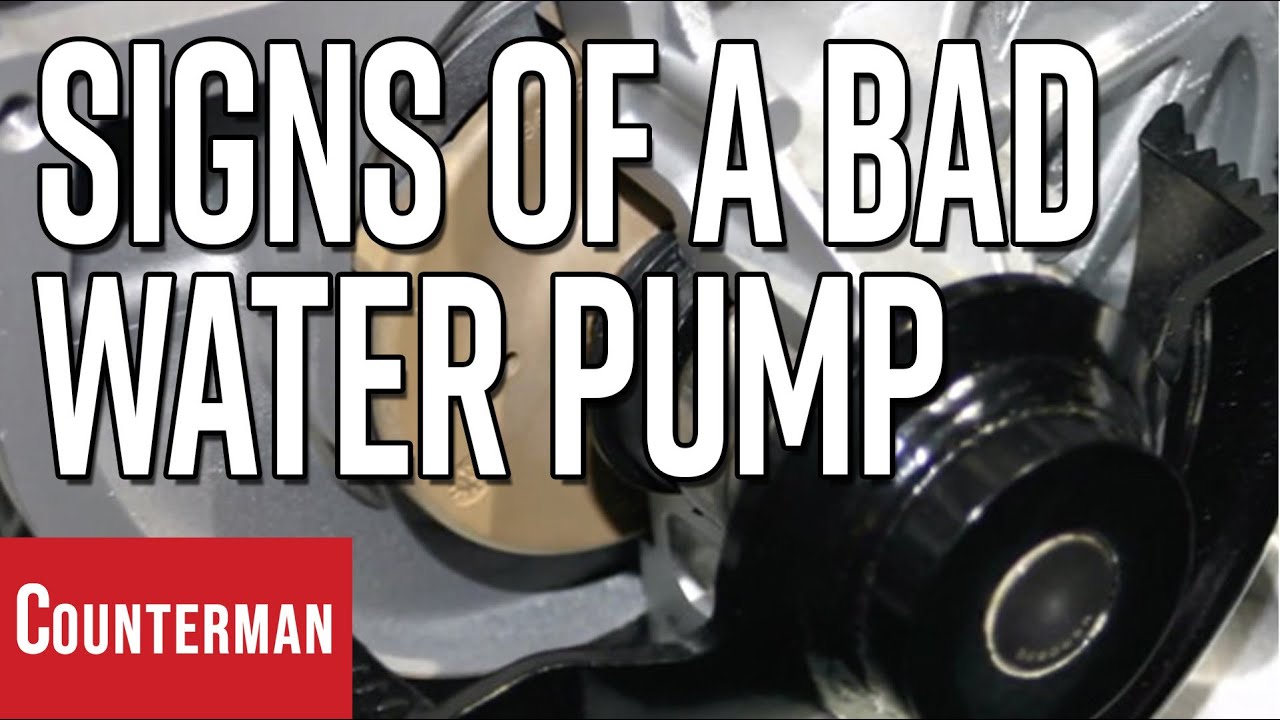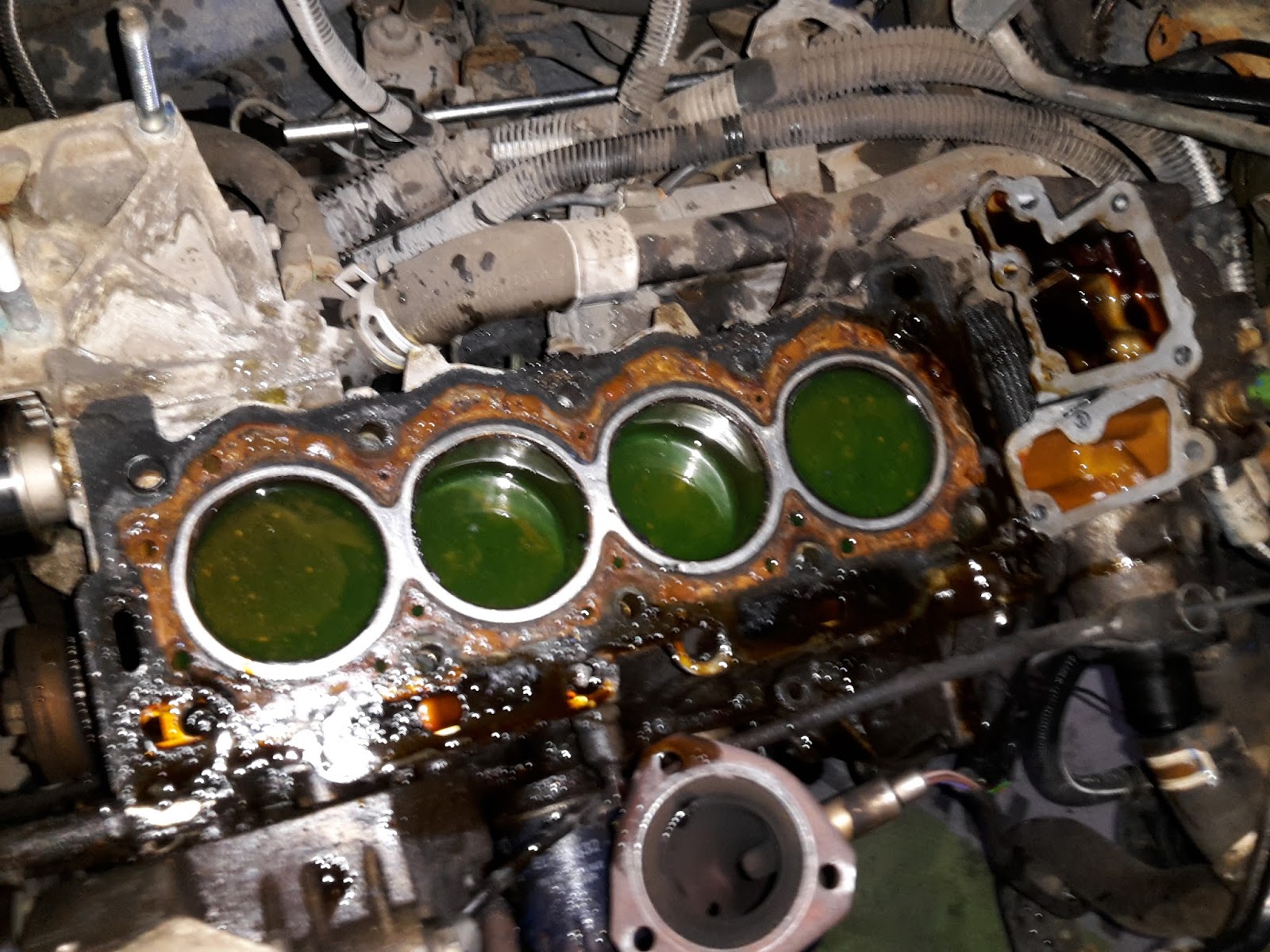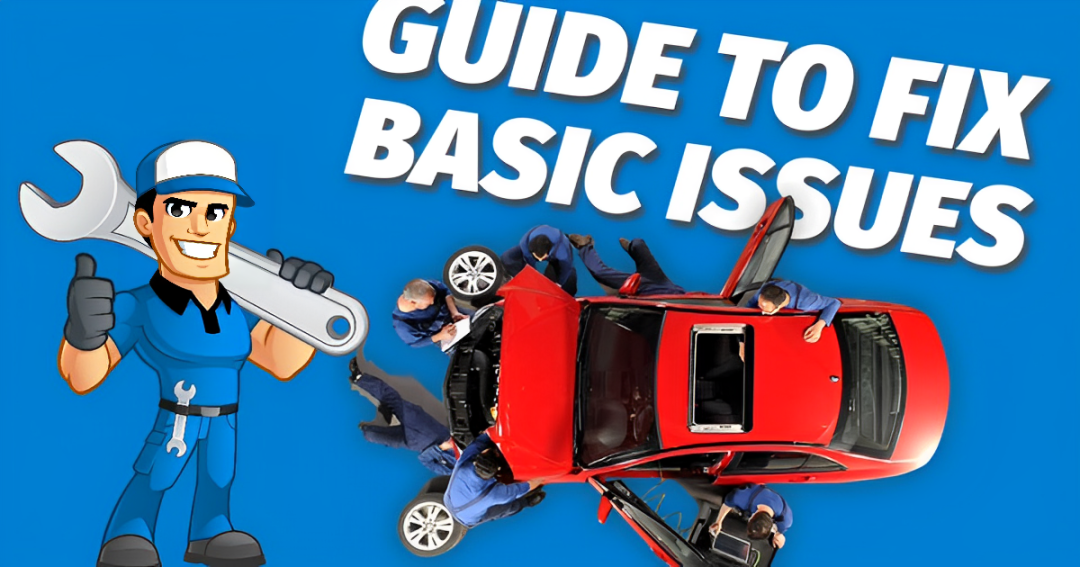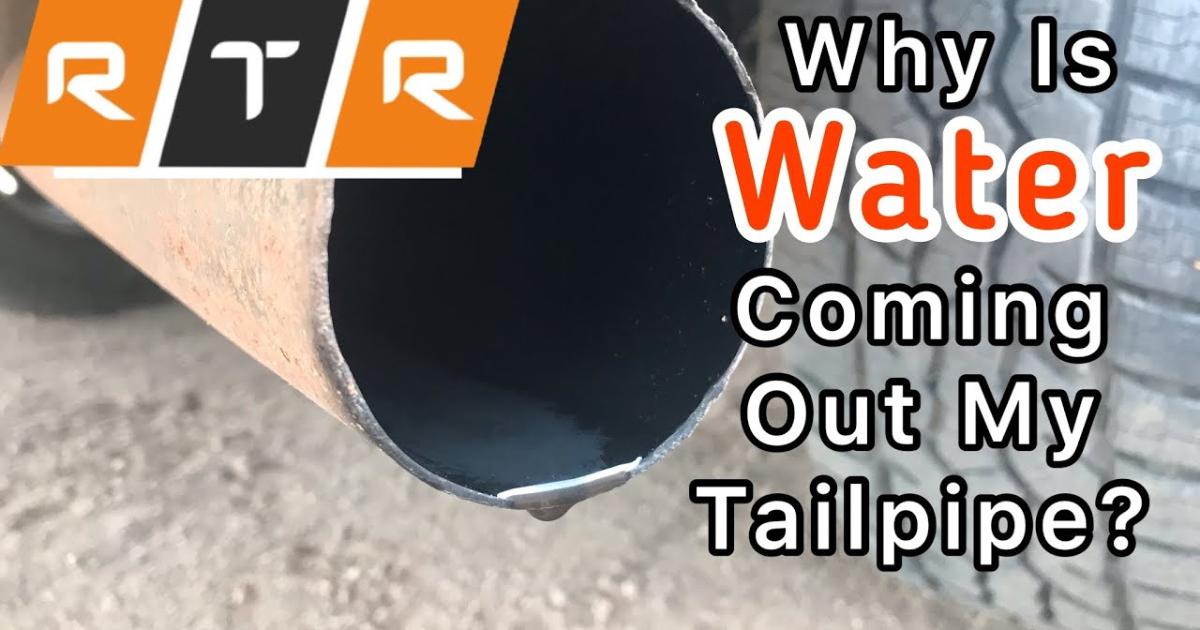Coolant must flow continually to the engine block to maintain engine temperature. The main job of the water pump and cooling systems is to keep coolant flowing to the engine block. Your engine will run smoothly, have an average temperature, and drive as far as you want if the water pump works. A water pump failure will severely harm other engine elements.
Thus, detecting water pump failure symptoms helps prevent engine failure.
This essay powerfully explains poor water pump symptoms and how they work. Find out if the water pump is running.
Water pumps function how?
An engine must quickly attain and maintain its working temperature to function efficiently. The cooler, coolant, lines, thermostat, and water pump enable this. Mechanical water pumps dominate today. Their relationship with the engine is close.
The drive belt pulley spins with the engine pulley, turning the axles in the center. The center axles of water pumps are rotated by multiple vanes. It sucks radiator coolant by suction. The pump’s inertia pushes water to the exit pump walls via vanes. It drains coolant to the engine block, cylinder head, and radiator to continue.
Bad water pump symptoms

Improper coolant: Using unsuitable or polluted coolant might cause water pump corrosion.
Badly installed/worn belt: Misaligned or overtightened belts can cause water pump failure.
Low coolant: Leaks deplete water pump lubricant, causing seal failure. Too much heat will damage seals and produce leaks.
Front-end coolant leak: The water pump uses gaskets and seals to keep coolant flowing from the radiator to the engine block. Thus, coolant will leak from behind the water pump if these seals and gaskets shrink, crack, wear out, or break. If you see a red, orange, green, or pink coolant leak, find the source or call a mechanic. Usually, the leaky coolant needs to be replaced before it causes engine issues.
Loosen or Noisy water pump pulley: if you occasionally hear a high-pitched sound in front of your automobile, it may be a loose belt that makes a harmonic wail or buzz. A loose water pump pulley or worn-out bearing can cause the belt to loosen. The pump bearing must be replaced when it wears out or fails.
Fixing the water pump leak
Fixing or replacing a water pump leak can be tough on certain cars but easy on others. Changing the water pump will require changing numerous parts, including the timing belt if your engine has a timing belt. Changing your car’s water pump requires a professional mechanic. Please note that this tutorial only applies if changing your water pump does not need timing belt removal.
The purpose of this article is to demonstrate how to replace home water and save hundreds of dollars. You won’t act crazy. No need to jack the car. This job is simple and uses common tools.
- A wrench
- Ratchet
- Socket sets
- Threadlocker
- Flathead screwdriver
- Gasket scraper plastic
Other requirements:
- Water pump
- Waterpump gasket
- Coolant Drain pan
- Non-spill funnel
Step 1: Park your automobile on a solid, level surface and activate the hand brakes.
Step 2: Cool the car. When removing the water pump from a heated vehicle with always-pressurized systems, hot coolant can shoot at you.
Step 3: Remove the battery terminal cables: You must remove the battery terminal wires to reach the water pump and carry out a safety task.
Step 4: Remove the water pump belt, which loops around the pulley. Put your spanner on the drive belt tensioner and pull down to release the belt tension so you can remove it from the pulley.
Step 5: Drain and flush your coolant by placing your drain pan under your radiator and removing the outlet hose and radiator.
Step 6: Use a wrench to remove the water pump bolts. Water pump bolts may vary in size, therefore you must remove them and install them in the new pump’s holes. This must be done one at a time to monitor origins. It will be easier to install the new water pump. Unsee coolants from thread holes. Because coolants require thread locker while reinstalling bolts.
Step 7: Remove the water pump after losing the bolts.
Step 8: Clean the mounting Surface: The old gasket and sealant residue on the mounting surface must be removed before installing the new water pump. With your plastic gasket scraper, remove the old gasket particles. Avoid using a metal gasket scrapper because it can scratch and leak. Use brake cleaner to remove gasket debris if you’re experiencing trouble.
Step 9: Install the water pump gasket. Attach two longer bolts to the water pump, add a gasket, and apply a gasket maker. Without a coolant-compatible gasket marking, the gasket will wear out and leak.
Step 10: Install a water pump. Apply water thread locker to bolts before mounting the pump.
Step 11: Tighten pump bolts. Now hand-tighten the first two bolts to secure the gasket and water pump. Prepare the other bolts for torque by hand-tightening. Torquing them Crips-cross is crucial.
Step 12: Put the drive belt back in place. If your drive belt is old or cracked, replace it now. You must reinstall the drive belt as you did. Make sure the belt is aligned with the pulleys.
Step 13: Reconnect the battery terminal. Battery terminals must be repaired and torqued.
Step 14: Refill coolant. Uncap and refill your coolant reservoir. Before starting your engine, ensure sure there is coolant to avoid damaging your water pump. Refill coolant with a spill-proof funnel. Air will be removed from the system. Watch this video for a visual demonstration.




